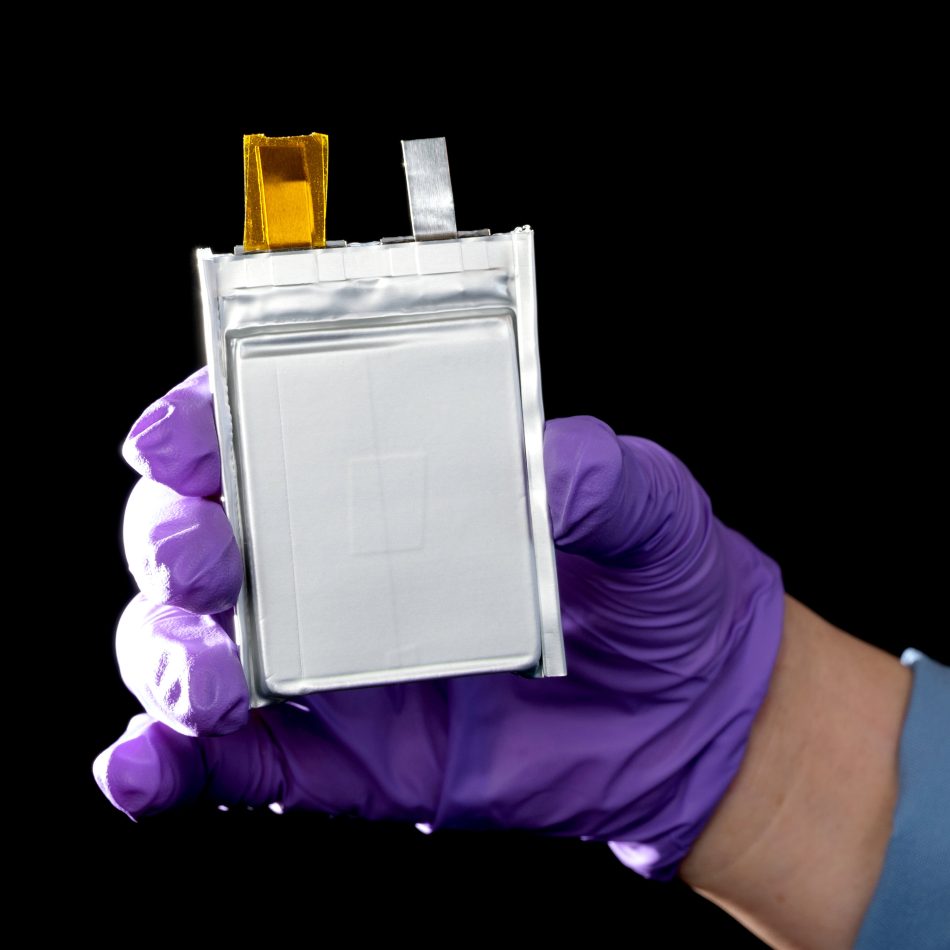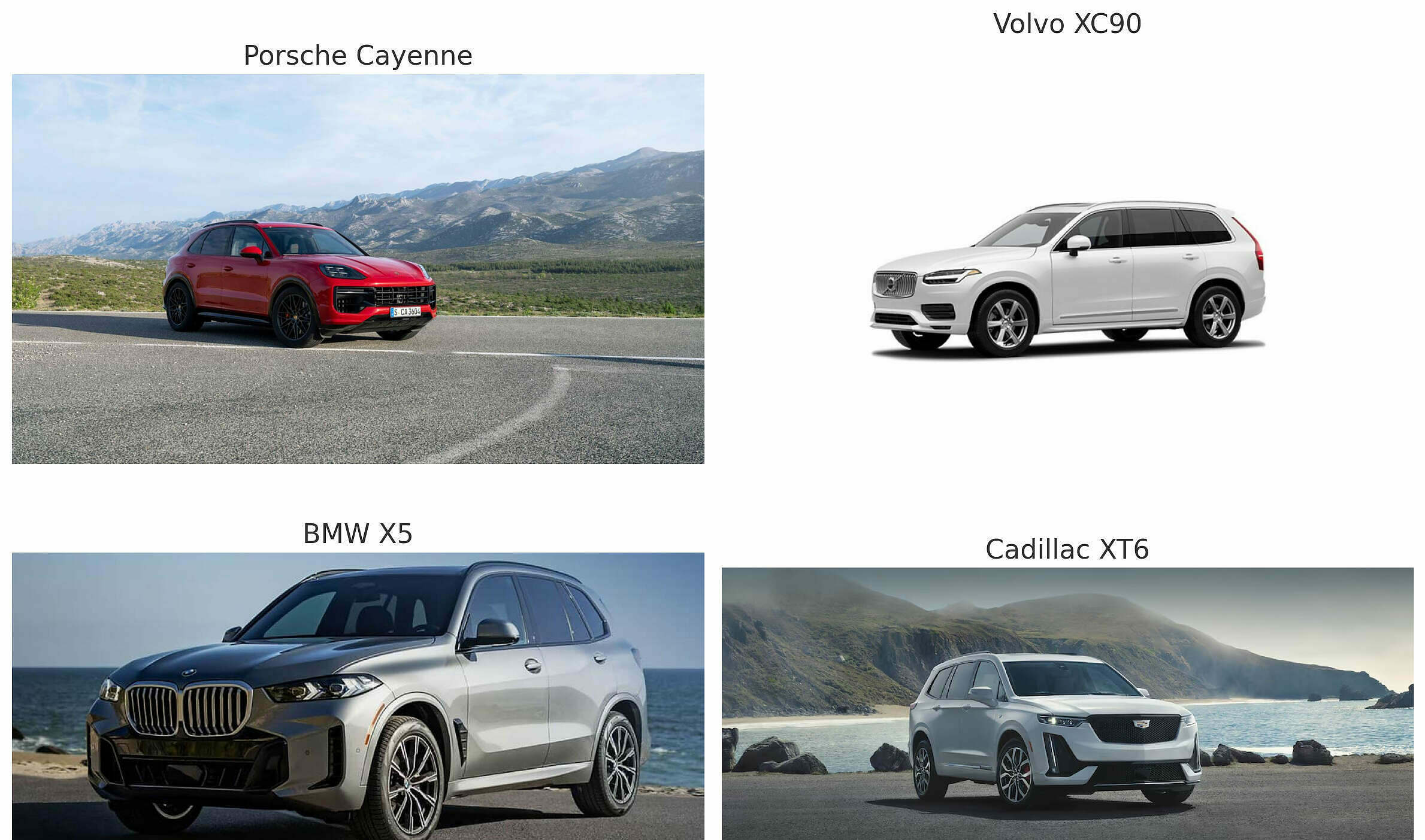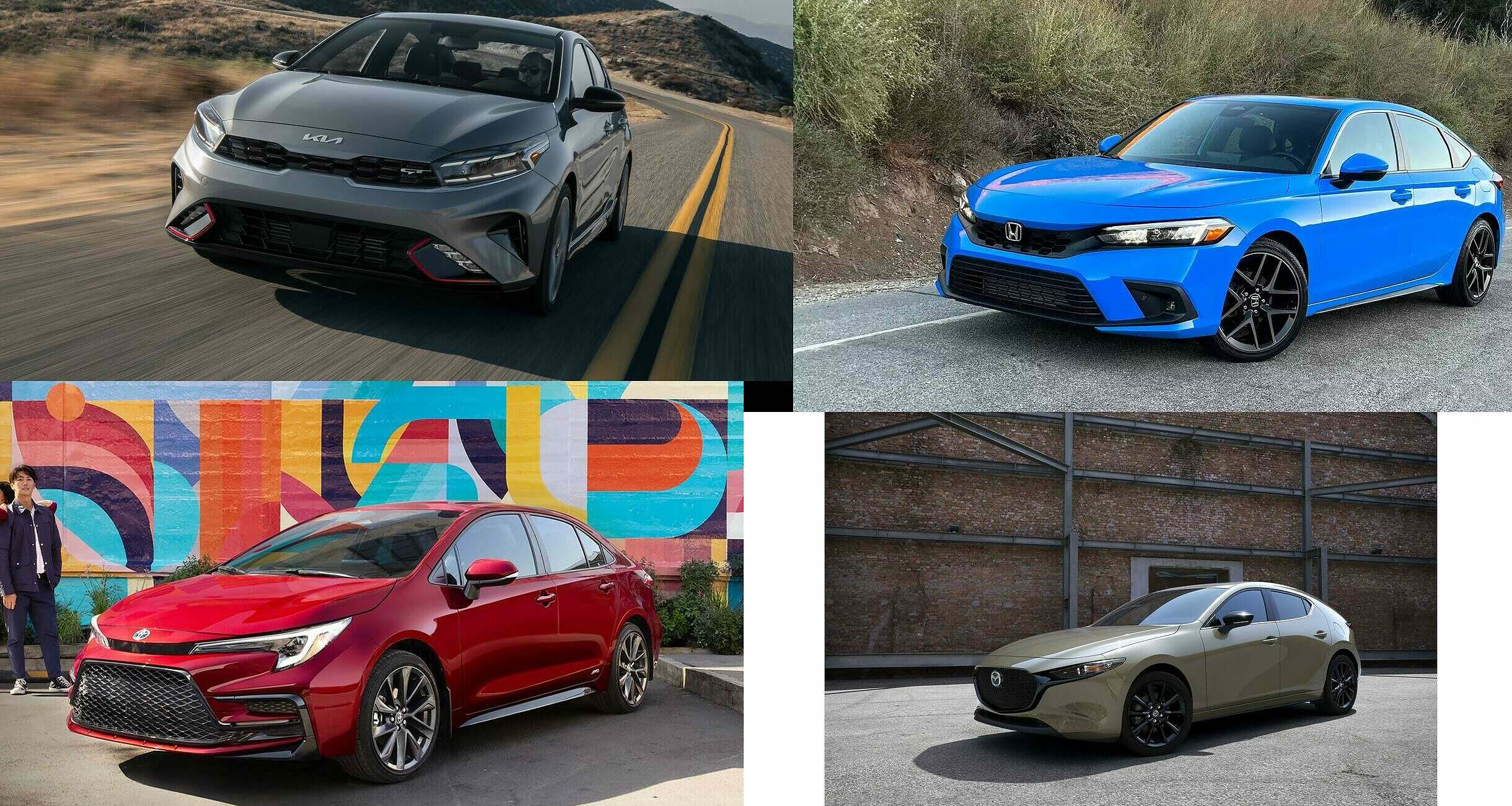Electric vehicles (EVs) have rapidly gained traction over the past decade, offering a cleaner and increasingly efficient alternative to traditional internal combustion engine cars. But charging times are still glacially slow, compared to filling up a traditional ICE engined car.
Total EV adoption has been stymied by limitations inherent to lithium-ion batteries, including relatively slow charging times, limited range, and safety concerns. Enter solid-state batteries – a technology promised to revolutionize the EV market.
Key Advantages Over Lithium-Ion Batteries
1. Increased Energy Density
One of the most compelling advantages of solid-state batteries is their higher energy density compared to lithium-ion batteries. This translates into lighter batteries that store more energy, which in turn means longer driving ranges for electric vehicles (a key factor in winning over consumers concerned about “range anxiety”)
2. Faster Charging
Solid-state batteries are capable of ultra-fast charging, potentially reducing the time it takes to charge an EV to a fraction of what it is today. Fast charging is crucial for making EVs more convenient for long-distance travel and quick top-ups.
3. Enhanced Safety
Traditional lithium-ion batteries use liquid electrolytes that are flammable and pose a risk of explosion under certain conditions. Solid-state batteries use solid electrolytes, reducing the risk of fire and making them inherently safer.
4. Longer Lifespan
The solid-state architecture minimizes the degradation that occurs during the charge and discharge cycles, increasing the battery’s lifespan. This could make electric vehicles more cost-effective over their lifetime.
Real-world Applications and Future Outlook
Major automotive manufacturers like Toyota, Volkswagen, and Ford are investing heavily in solid-state battery research, with some promising to release models equipped with the technology within this decade. The implications go beyond just consumer vehicles; think commercial trucks, public transportation, and even drones.
Moreover, the environmental impact could be profound. By increasing range and reducing charging times, solid-state batteries make electric vehicles a more viable option for a greater number of people, thereby accelerating the transition away from fossil-fuel-based transportation.
Conclusion
Solid-state batteries promise to resolve many of the limitations that have hampered the mass adoption of electric vehicles. By offering increased energy density, faster charging, enhanced safety, and a longer lifespan, these batteries are set to radically redefine what we expect from EVs.
As research advances and these batteries find their way into mainstream vehicles, they could be the final piece in the puzzle that drives electric transportation into a new era of ubiquity and sustainability.



